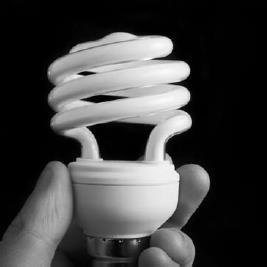The table below indicates the wattage for various household electrical products.
| Appliance |
Wattage |
| Clock radio |
10 |
| Coffeemaker |
900–1,200 |
| Clothes washer |
350–500 |
| Clothes dryer |
1,800–5,000 |
| Dishwasher (using the drying feature greatly increases energy consumption) |
1,200–2,400 |
| Ceiling fan |
65–175 |
| Window fan |
55–250 |
| Furnace fan |
750 |
| Whole house fan |
240–750 |
| Hair dryer |
1,200–1,875 |
| Microwave oven |
750–1100 |
| PC CPU—awake/asleep |
120/30 or less |
| PC Monitor—awake/asleep |
150/30 or less |
| Laptop |
50 |
| Refrigerator (frost-free, 16 cubic feet) |
725 |
| 19” color TV |
65–100 |
| 27” color TV |
113 |
| 36” color TV |
133 |
| 53”–61” projection TV |
170 |
| Flat screen TV |
120 |
| Toaster oven |
1,225 |
| DVD player |
20–25 |
| Vacuum cleaner |
1,000–1,440 |
| Water heater (40 gal.) |
4,500–5,500 |
In 1799, Philippe Lebon (1767–1804) patented a method of distilling gas from wood for use in a “Thermolamp,” a type of lamp. By 1802, William Murdock (1754–1839) installed gas lighting in a factory in Birmingham, England. The introduction of widespread, reliable interior illumination enabled dramatic changes in commerce and manufacturing.


